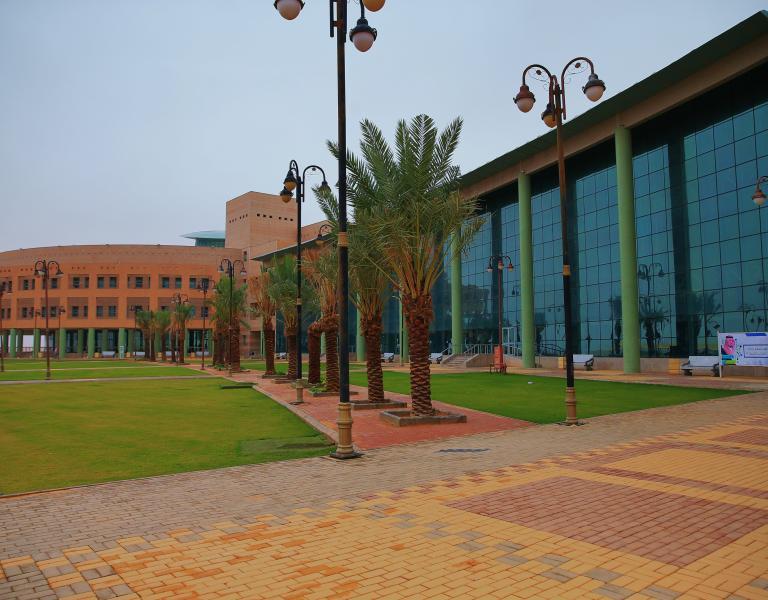Introduction
In light of the critical role that remote sensing technology plays in the local community, there is an urgent demand for the establishment of a remote sensing chair. This chair is considered a pivotal element in fostering community partnerships between individuals, community institutions, and universities, serving as scientific hubs dedicated to conducting rigorous research and in-depth studies in the field. The chair aims to address community challenges and raise awareness about the significance of scientific research based on a sense of social and national responsibility.
Furthermore, the remote sensing chair is a crucial applied tool for analyzing scientific studies, offering innovative methods and technologies to support various scientific disciplines. It integrates modern technologies such as artificial intelligence, the Internet of Things, and cybersecurity, enhancing the efficiency and effectiveness of scientific endeavors. Through this interdisciplinary approach, the chair strives to optimize scientific applications, gaining a competitive edge at the national level and fostering the growth of the knowledge economy in remote sensing.
Moreover, the remote sensing chair aims to stimulate creativity and excellence by translating research innovations into practical solutions that benefit scientific institutions and the local community. This synergy enhances collaboration between academia and society, driving comprehensive sustainable development in alignment with the Kingdom's Vision 2030.
Vision:
Establishing a knowledge base in remote sensing research and applications to link the university with the local community and achieve excellence and leadership locally, regionally, and globally.
Mission:
Providing the appropriate research infrastructure and employing it for researchers, students, and society and providing a mechanism for cooperation between them and developing their capabilities in the field of remote sensing to reach knowledge products that contribute to the national economy and participate in achieving comprehensive sustainable development.
Objectives:
1. Develop technical proficiency to deliver the best solutions through remote sensing while upholding the highest quality standards.
2. Foster a culture of teamwork and knowledge-sharing to maximize efficiency and effectiveness in remote sensing applications.
3. Commitment to strong ethical principles in scientific research and development within remote sensing systems.
4. Offer support, expertise, and infrastructure to ensure society reaps the benefits of remote sensing applications in aligning with Vision 2030.
Chair Supervisor
Dr. Ali Hamdan Alenezi is an Associate Professor in the Department of Electrical Engineering at Northern Border University. He earned his Ph.D. in Electrical Engineering from the New Jersey Institute of Technology (NJIT), USA, with a dissertation on acoustic communication in drill strings. His academic and research expertise spans over a decade, strongly emphasizing wireless communication systems, mainly using intelligent UAVs, visible light communication, and signal processing.
Dr. Alenezi has published many impact factor journal articles in his field, exploring applications of artificial intelligence, machine learning, and deep learning in wireless and acoustic communications. His technical skills include programming in Python and C++ and working with MATLAB, LaTeX, and VERILOG hardware description language. Additionally, he co-founded the Remote Sensing Unit at Northern Border University, where he contributes to research and development in innovative communication technologies and teaches advanced courses in signal processing and wireless communications.
Email: Ali.Hamdan@nbu.edu.sa





